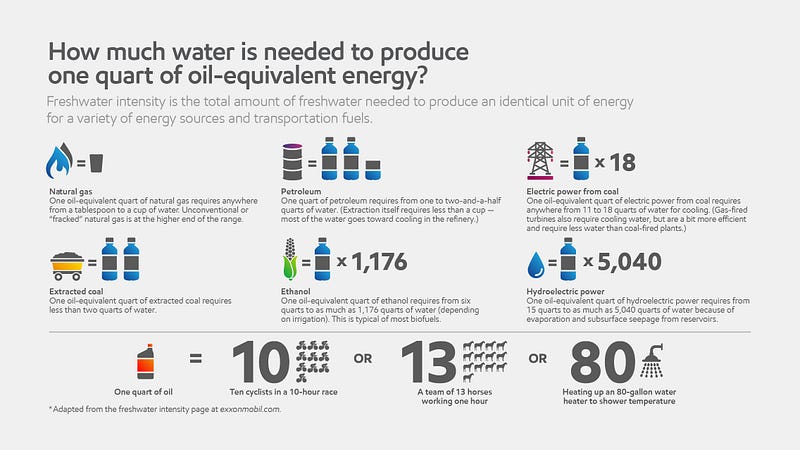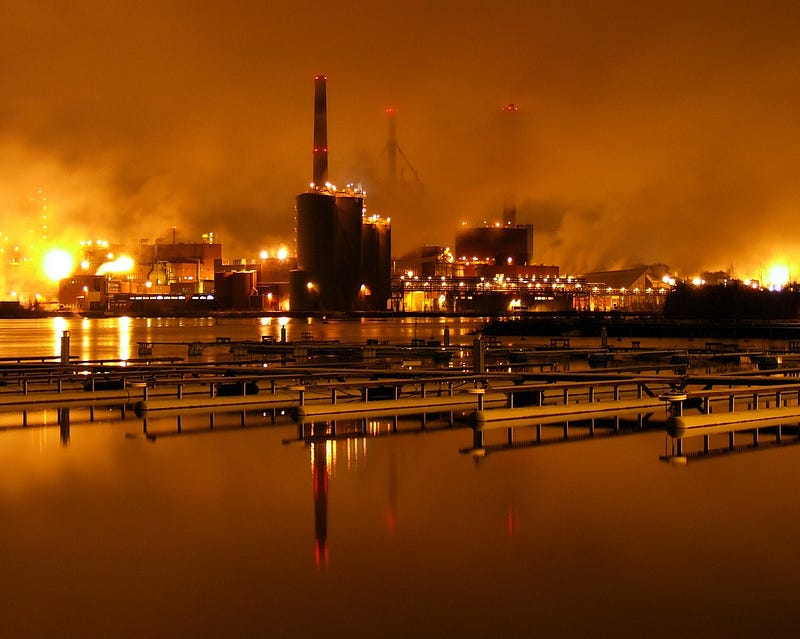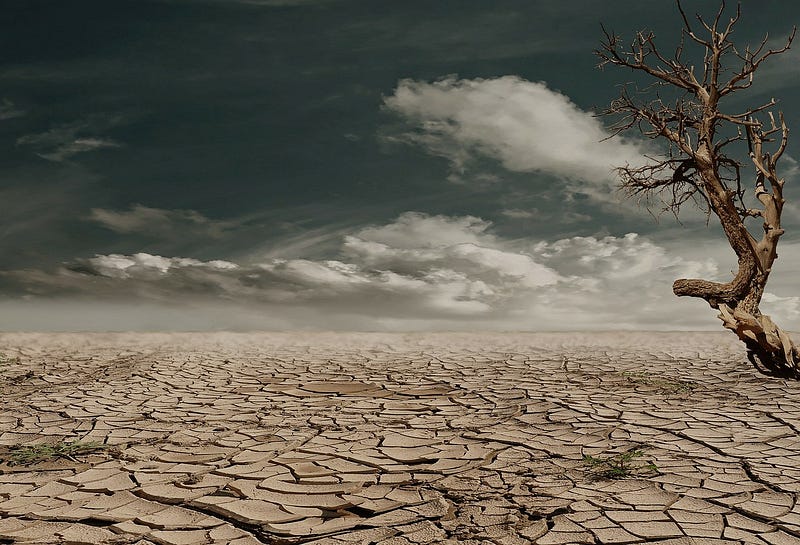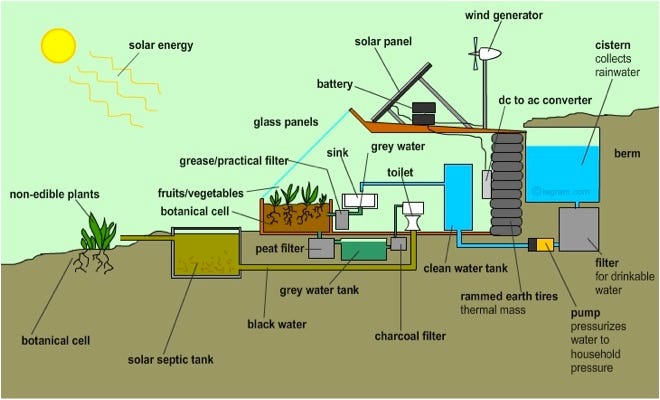Translation: Essential steps towards the survival of the human species

Here are ten top strategies for saving our water and ourselves. They are in no particular order of importance — we’ll need to do them all, and more, if we are to reverse the tide of scarcity, pollution, and corporate control that threatens us today.
1. Eat Organic Food and Support Local Organic Agriculture.
Organic methods don’t use harsh toxins that pollute the water. Organic farms and gardens emphasize mulch and other soil stewardship practices, which means less erosion and/or salination of the soil, and less runoff and damage to waterways.
Local food means shorter distance from farm to table, which translates to less pollution from fossil fuels. If it is difficult to find local organic food, that’s a good reason to grow a garden.

2. Reject Corporate Globalization and Control Industrial Water Use.
Don’t buy corporate bottled water, and fight the corporate takeover of your local waterways. If they’ve already moved in, kick them out by organizing local coalitions and fighting for local control.
We can promote corporate accountability by monitoring industrial pollution levels, interacting with business leaders, and refusing to support wasteful and polluting companies. On a political level, constitutional amendments establishing water as a basic human right and endangered natural resource can protect supplies and ban corporate control.
Also, think of the nonhuman species and their needs, and fight companies that threaten nature. If we pay attention and share information, we can create an atmosphere of collective concern and mindful stewardship — a necessary tool in the face of blind and powerful corporate greed.

3. Regenerate Native Habitats.
Healthy riparian zones are essential to long-term water supplies. With our help damaged systems can regenerate themselves exponentially faster than if left on their own. Volunteer with a local restoration project to stabilize banks, clean up pollution, and replant native plants. Ask around through local environmental groups, or start a new one in an endangered area near you.

4. Develop Watershed Stewardship Coalitions.
Work together for change. Local watershed management coalitions, made up of scientists, environmentalists, farmers, and other local citizens, can develop long-term, ecological strategies that include restoration, conservation, and harsh penalties for wasting and polluting water supplies. These coalitions can also work on related issues such as energy, overpopulation, and climate change and can establish bioregional networks to find and implement solutions.
5. Use Renewable Energy.
Ride a bike instead of driving to work. Invest in solar or passive solar electricity, heat, and water heating. Reject dam-based hydroelectric energy, which steals water from connected ecosystems and destroys essential fish habitat.

6. Eschew Packaging.
Processed industrial foods take too much water to produce, package, and distribute. The biggest culprits are sugar, soy, and all types of meat, but anything packaged in paper or plastic caused major water damage before it got to you. Choose local produce and unpackaged bulk foods, and store them in reusable bins in your kitchen or pantry.
Also, beware of “bulk” items that came to the store in a plastic package that the merchant threw away before selling you the bulk product. This is just another marketing scheme and generates almost as much waste as individually packaged items.

7. Buy Less of Everything, and Reuse What You Can.
In addition to policy changes and community collaboration, personal choices are the key to ecological living.
The embedded water costs associated with each of our consumer choices (food, transportation, clothing, building materials, et cetera) amount to more than four hundred billion gallons each year in the United States alone. This is an unfathomable waste.
Our culture teaches us to ask, What can I buy?
Instead we should ask, What can I avoid buying?
When you must buy something, choose recycled and secondhand materials. You will save water as well as money while rescuing useful items from the waste stream.

8. Save and Recycle Paper, Glass, and Metals.
The pulp and paper industry is the number one polluter of world waterways. Limit your contribution to the oceans of filth it creates by insisting on recycled paper and conserving as much as you can. Glass and metal recycling also saves water, but it is best to limit your consumption first.
Plastic recycling is a hoax — don’t buy it. All phases of plastic processing cause water pollution, ozone depletion, and cancer. Avoid it.

9. Consider Having Less (or no) Children.
The average human consumes 80–100 gallons of water per day. With a life expectancy of 70 years, that adds up to more than two million gallons of water. Even if each person living on Earth today only has one child, that still adds up to an astronomically unsustainable level of consumption. Cape Town has already run out of water. Many more cities will follow. I know overpopulation isn’t the only problem we face, but eschewing fecundity is a simple decision an individual can make that has a huge impact on future consumption.

10. Establish an Ecological Home Water Cycle.
Your consumer choices (what you buy) are woven through every aspect of your home water cycle, and I mentioned that above, but you can also design a holistic home water system that includes graywater usage, rain catchment, and water-efficient agriculture and land use.
Not only will all these actions save huge amounts of water, but they will also create a sense of personal empowerment in these times of cataclysm and despair, is by designing and implementing. By emphasizing sincere stewardship and prudent conservation of this most precious resource, we teach by example and gain greater control over our personal supply.



